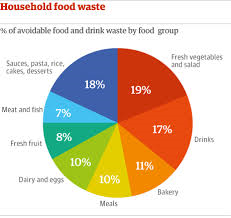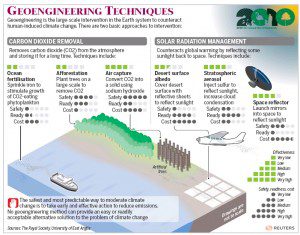Recycle, Reuse & Reduce
Date: March 31, 2014 Photo By: James Spooner Photo Comments: Leave a replyThere can be no doubt that technological innovation has brought some truly remarkable ideas and products into being. As a result we’ve journeyed into space, can communicate instantly with people all over the world, and, with a few key strokes, access a library of information containing 1.81 billion indexed pages through the World Wide Web. What’s not to love?
Let’s consider innovation from a different angle… throughout history, as far back as 400 BC there is archaeological evidence that points to the concept and practice recycling of materials. Byzantine glass and Roman coins are two such examples and the re-use of items continued for thousands of years including, in Britain, the practice of recycling the ashes from wood and coal fires as the base material for making bricks. Fast forward to the Industrial Revolution and the art of the recycling, reusing and reducing started to take a hit. Mass production and technological developments (plastic, polystyrene, nylon etc.) allowed everyday items to be made cheaply enough to replace, rather than the ‘make do and mend’ philosophy of previous years.
As a result we now generate somewhere in the region of 177 million tonnes of waste annually in England alone. The environmental damage we’ve discussed on this site before but, in short, methane which is a dangerous and powerful greenhouse gas contributing to global warming, is produced from landfill sites. For many years we’ve had scant regard for our resources both financially and environmentally. We buy things we don’t need, we throw away perfectly good items and replace things before they wear out! We’re constantly exposed to advertising suggesting ways we can spend our hard earned money – and that when we’ve got the latest model, gadget or contraption then we’ll be happier and more content – of course!
Prevention
So bad is our penchant for throwing things out that England has a Waste Prevention Programme to educate us in the ways of very possibly ‘saving ourselves a lot of money’ as well as protecting our environment.
The programme is aimed at businesses to encourage a more sustainable economy – building waste reduction into design and offering alternative business models to deliver new and improved products and services. It hopes to inspire a culture of valuing resources so we think about and have access to, ways of reducing waste, to recycle, reuse and reduce. We don’t see that darning the holes in socks catching on but you never know! The good thing is, as a nation, we are at least aware again of the benefits of sorting our everyday rubbish to reduce what goes into landfill and what can be recycled and it seems that at least some, of the £400m worth of furniture and a myriad of other goods, are rescued from the tip and resold by enterprising councils and charities. A great way to reduce landfill targets and give new life to old and unwanted items… one man’s rubbish another man’s treasure and all that…
Think milk deliveries – one of greatest recycling achievements has to have been the humble milk bottle – delivered and then collected for re-use, a glass milk bottle was re-used at least a dozen times.
You can help…
So… think charity shop donations, ebay (surely a major player in the recycling sector), think about how many millions of plastic bags there are already in landfill for the next hundred years and think about shopping for what you need, not just what you want.
save energy, save money, save our world




